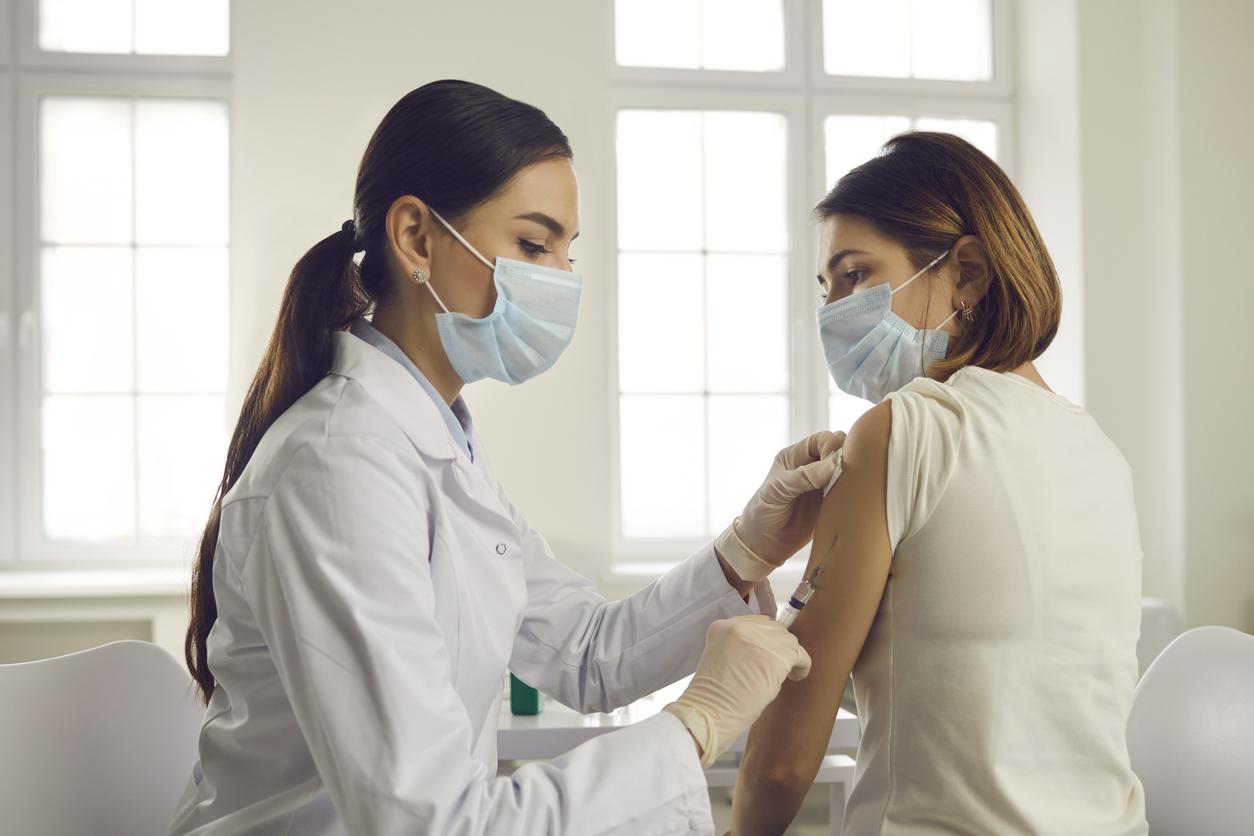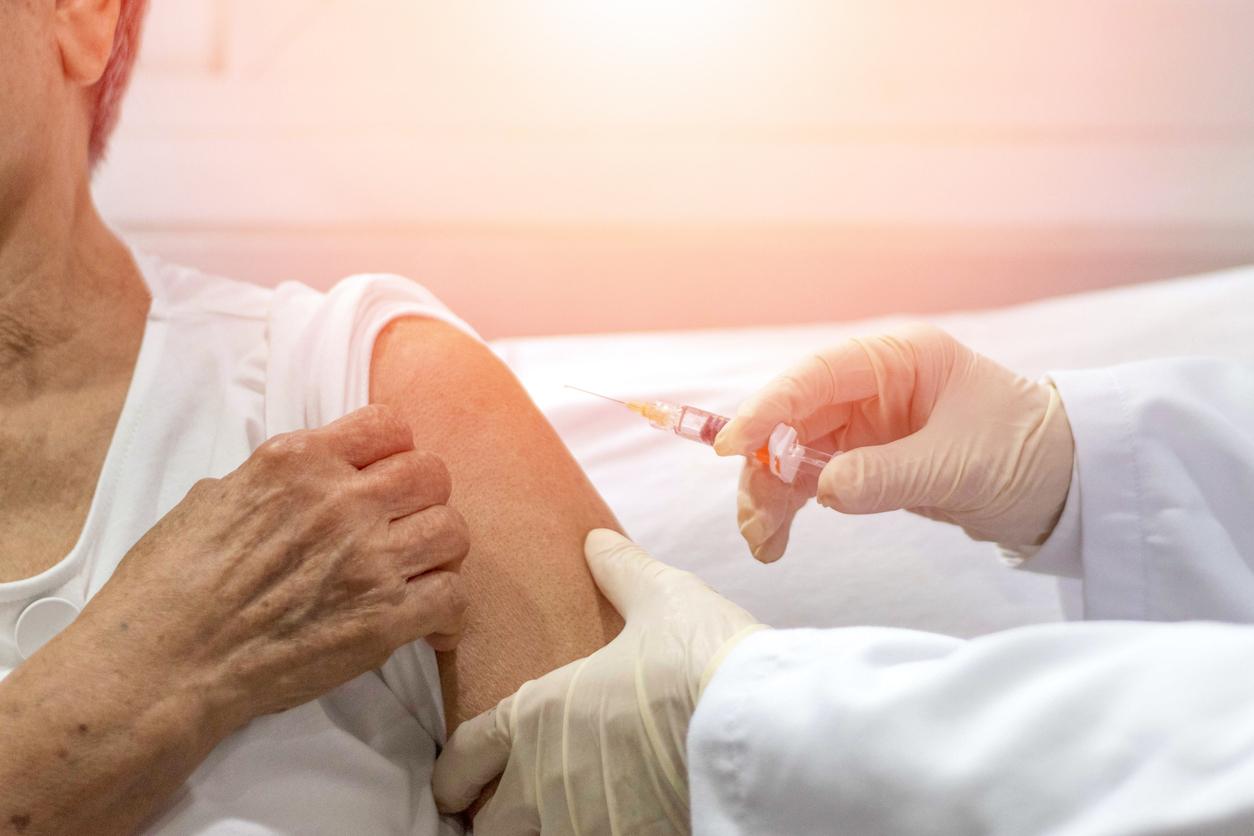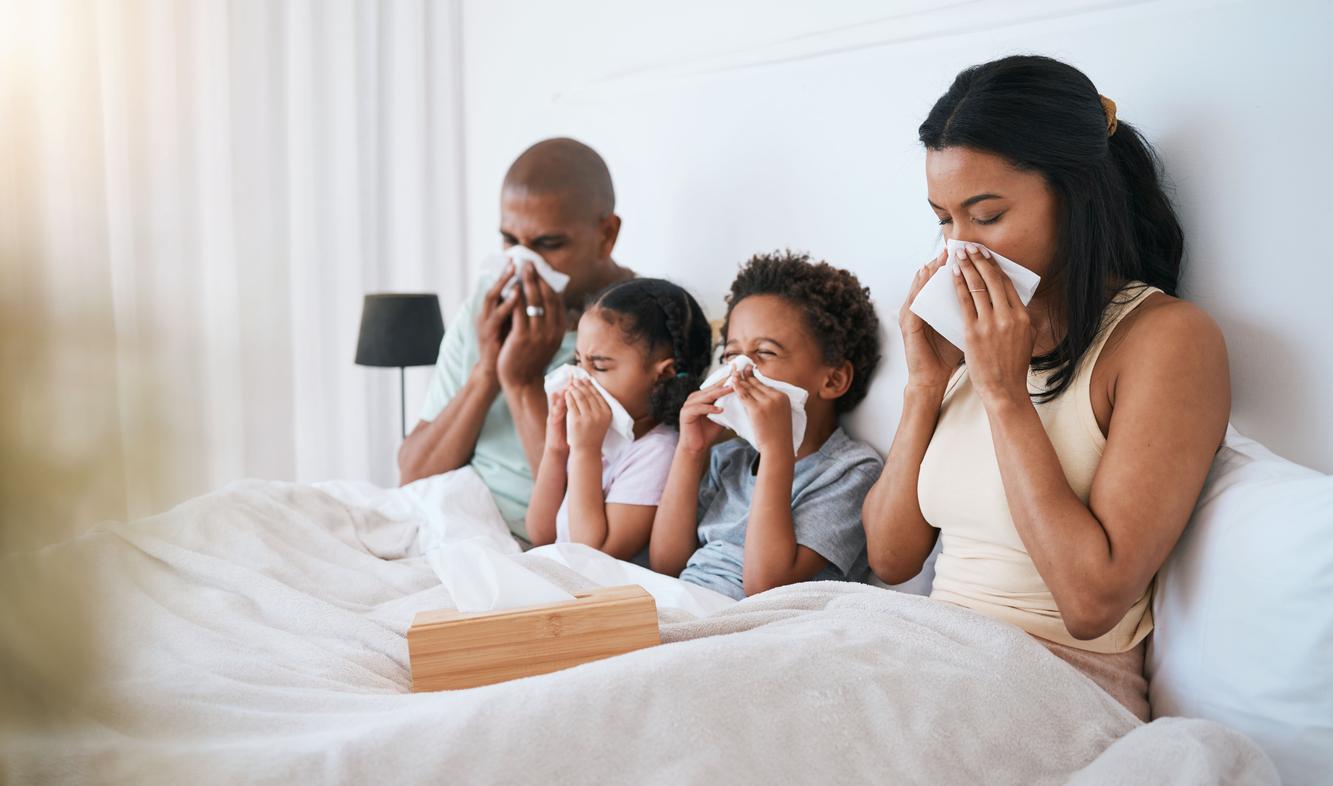The risk of adverse reactions after a flu vaccine is higher in women than in men.

- After flu vaccination, the risk of injection site reactions was higher in women than in men.
- Female patients were also more likely to suffer systemic reactions.
- Regarding severe side effects, the risk was also increased in women.
In France, influenza epidemics usually occur each year during autumn and winter. According to health insurance, the last was exceptionally early and long, from the end of November 2022 to the end of March 2023. In mainland France, flu symptoms gave rise to 2.1 million consultations and more than 110,000 visits to the emergency room, followed by more than 15,000 hospitalizations. This is why, for vulnerable people, vaccination is the first step to take to protect themselves from this contagious respiratory viral infection.
Flu: “immune responses to the vaccine may differ” depending on sex
“Immune responses to the vaccine may differ between men and women, but most research does not report results by sex,” indicated scientists from the University of Montreal (Canada). So, they decided to carry out a study published in the journal Journal of Epidemiology and Community Health. Using data from phase 3 clinical trials, researchers explored gender differences in seasonal flu vaccine side effects. For the purposes of the work, they used information from 34,343 adults.

More risk of side effects in women after flu vaccine
According to the results, there was a higher risk of injection site reactions in women than in men, both in younger and older participants. Additionally, female patients also had a higher risk of systemic reactions, i.e. side effects that affect the entire body. The authors also found that the risk of severe reactions was higher in women. These results highlight the need to increase patient awareness of the potential risks of influenza vaccines and to take gender differences into account in vaccination recommendations.
Faced with these results, it is essential that health authorities ensure transparency regarding this higher risk among women. “Transparent communication about this risk could increase confidence in vaccines and limit hesitancy to get vaccinated,” concluded the team.

















